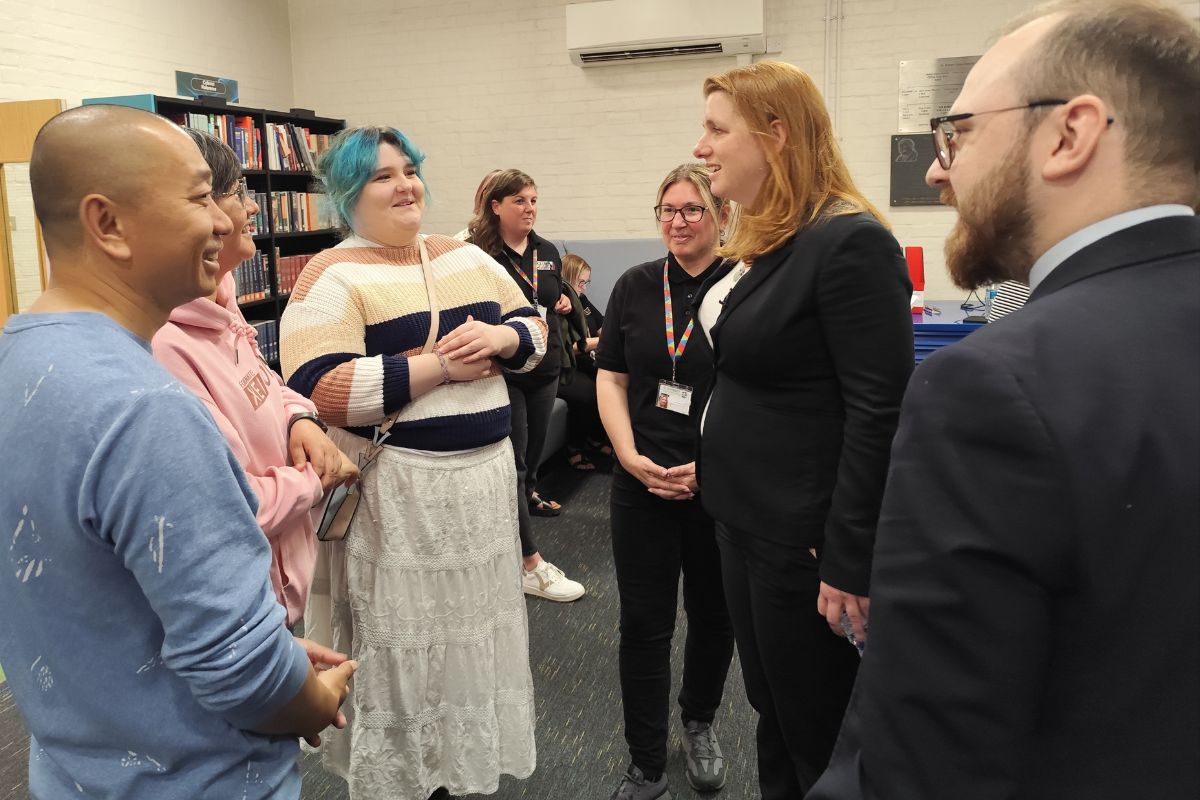Completion rates aren’t the be all and end all, here’s what training providers SHOULD be tracking

In the apprenticeship sector, everyone’s always talking about completion rates.
They’re agenda items, in the news, and in Ofsted reports.
And because of this, timely completions are an important focus for training providers.
They need to get as many apprentices over the line as possible, because their completion rate impacts their ranking and reputation in the market.
What’s the problem with completion rates?
Completion rates are low. More than 30% of people who start an apprenticeship in the UK do not complete them – but nobody seems to know why.
Part of the problem is completion rates themselves. As a metric, completion rates are intended to measure a training provider’s effectiveness, but they come into play when it’s too late – right at the end of the programme when providers can’t impact learner outcomes.
While completion rates are an important quality indicator for Ofsted to monitor, completion rates should be just that – an indicator. Overreliance on completion rates is bad news for everyone.
As a metric, completion rates aren’t a useful measure of learner behaviour. They don’t take into account the learner’s personal challenges, achievements, outcomes or impacts.
Simply put, completion rates measure compliance, but learning is all about impact – which is why Ofsted has introduced new metrics for providers to measure throughout the learner’s programme.
In-line with the new apprenticeship standards, Ofsted has shifted its focus from assessing to learning. They now want to see evidence of the progression of learning, and how training impacts outcomes. This calls for a whole new series of metrics, which is a daunting task for providers.
Here’s what providers SHOULD be tracking:
Learner baselines
Ofsted wants providers to record a baseline of each learner’s understanding of the knowledge, skills and behaviours (KSBs) in their initial assessment and use this to benchmark learning throughout the programme.
This enables providers to see what progress has been made and what opportunities are available for support.
Progression of learning
After recording a baseline, providers can track the progression of learning for each learner. This metric allows providers to monitor learners closely, so they can signpost learning opportunities and provide personalised feedback to support learners when they need it.
This means at-risk learners don’t get overlooked – tutors can identify when a learner is starting to fall behind and can help get them back on track. It also means tutors can stretch and challenge high-performing learners – which is exactly what Ofsted wants to see.
Learner proficiency
Evaluation scores are an effective way to measure a learner’s perceived proficiency – how they rate their own understanding throughout the programme.
This is an important metric to track as people learn in different ways according to their proficiency. Providers can use the information to tailor their support to suit learners as they progress. It’s all about individualised support – which is what Ofsted loves to see.
The impact of training activities
This metric impacts both providers and learners. By assigning training activities to learning outcomes, providers can see how activities are impacting learner development – whether they’re effective for everyone, for some learning styles, or not at all.
It’s an important metric for learners too as they can see how activities impact their overall outcome.
Big data = big results
Understanding learner behaviour transforms learning organisations into learning leaders.
This means instead of focusing on year-end records like completion rates, providers should drill down into day-to-day learner metrics, so they can build a picture of their learners, identify patterns in learning, and give apprentices the personalised support they need.
This will help providers:
- Measure the effectiveness of their delivery
- Understand how apprentices are progressing through content and identify areas of improvement
- Monitor how apprentices interact with learning content as they progress
- Update content to support different learning styles
- Identify at-risk learners and offer personalised support
- Identify high-performing learners and offer stretch-and-challenge activities
- Measure the effectiveness of learning content
- Decide what learning experiences to build in the future
Using different metrics to record, monitor and measure learning will help providers improve their delivery, improve their learning content and ultimately improve their completion rate so maybe it is the be all and end all after all…
Want to have your say?
Take part in the big data learning survey! It’s a great opportunity to share your thoughts and experiences of data-driven learning.
It’ll only take a few minutes, but it’ll help us gather the BIG data we need to make a BIG impact on the future of workplace learning.











Responses